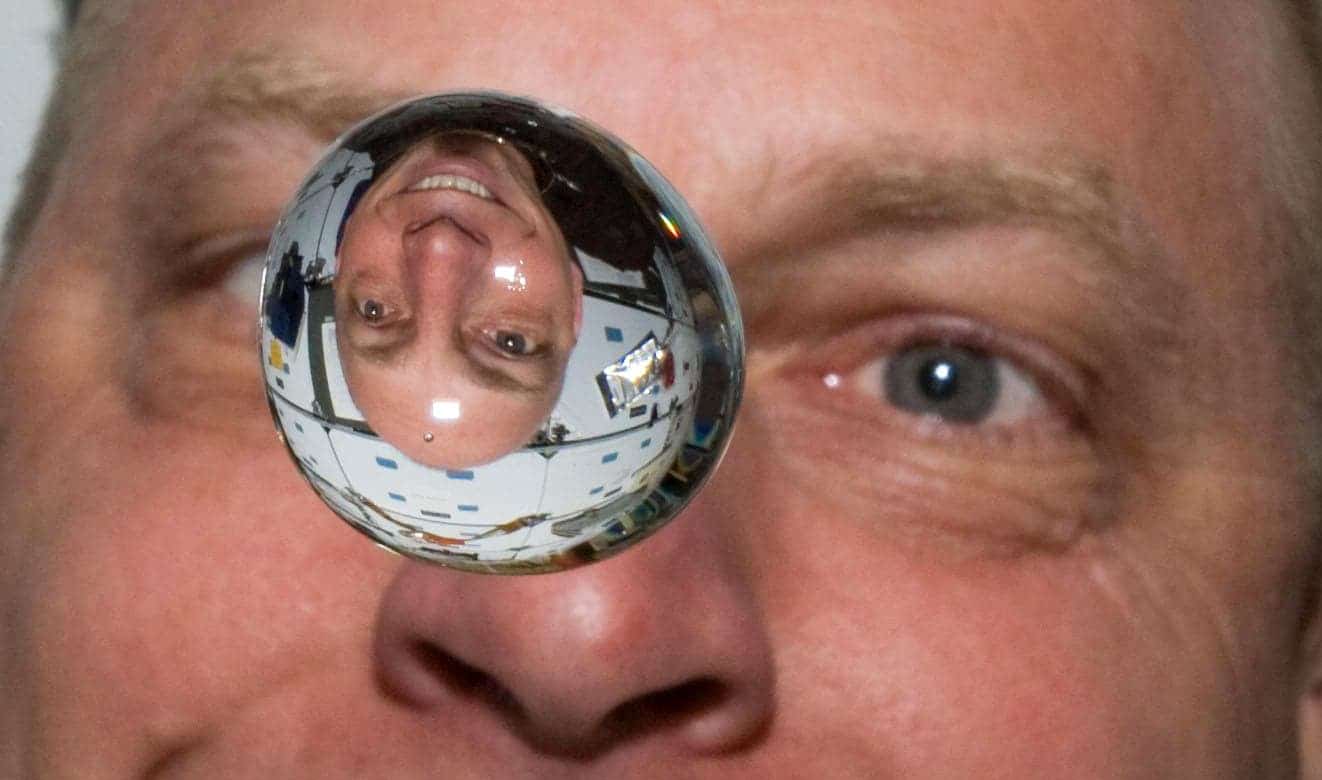Scientists are tackling an unusual problem: how to make liquids flow out of their tanks. The catch is that they’re trying to do this in space, where the absence of gravity means there’s nothing draining the liquids which just stick to the walls of tanks.
Emptying a container full of liquid is pretty easy right? Just point the hole down and it will flow out. Easy, right?
Well, yes, on Earth. But NASA found that it’s incredibly difficult to drain containers in space because liquids just stick to the walls of tanks like some weird Jell-O in the absence of gravity. Spacecraft today have to employ an orchestra of vanes, sponges, channels, screens, and so on, just to get fuel into the engine for example. This process requires a lot of mechanical equipment that’s heavy, bulky, and can break down — and you don’t want that to happen on the way to Mars.
“The sponges, vanes, baffles and other structures placed inside fuel tanks to move liquid where it is needed are all susceptible to breakage,” said Brandon Marsell, NASA’s Launch Services Program chief investigator.
“If we can replace these complicated metallic mechanisms with a coating, it will reduce the potential for things to break, as well as save weight and money.”
To address that problem, NASA has started the Slosh Coating investigation. Basically, they’ll be testing to see if coating the inside of containers with a liquid-repellant substance will allow them to better move liquids in microgravity. Researchers will compare how liquid behaves in two tanks, one with the coating and one without, on board the ISS. They’ll be using small, transparent tanks, filled with colored water. A series of high-definition cameras will record the liquids’ motion as the containers are put through various motions.
Space-flow
In low-gravity environments, liquid propellant spreads out into a coat against the walls of storage tanks. This creates two problems, Marsell says. First off, heat on the outside of the tanks can set the liquid to boil — wasting resources such as water or fuel — and the liquids may not flow out to where they’re needed.
“We thought if we painted liquid-repelling material on the walls of the tanks, theoretically, instead of sticking to the wall, fluid will stick to the sump at the bottom of the tank, where we want it,” Marsell said.
Right now, NASA knows that the coating will successfully repel liquids, but they have no idea how they will behave beyond this point. It’s possible that the fluids will bounce off the wall but stick to the sump — the tank’s bottom — where there is no coating. One thing the agency plans on finding out with this investigation is how “well it sticks, how easy or difficult it is to dislodge the liquid from the sump when it sloshes around,” said co-investigator Jacob Roth, who is also with the LSP.
If all goes according to plan, the coatings could be used to build more efficient storage tanks for fuel or other fluids during long-range space flights. Keeping cryogenic propellants off the walls would also prevent them from boiling — which leads to fuel losses.
The end result would be much more efficient crafts, so we could travel more on the same fuel.










